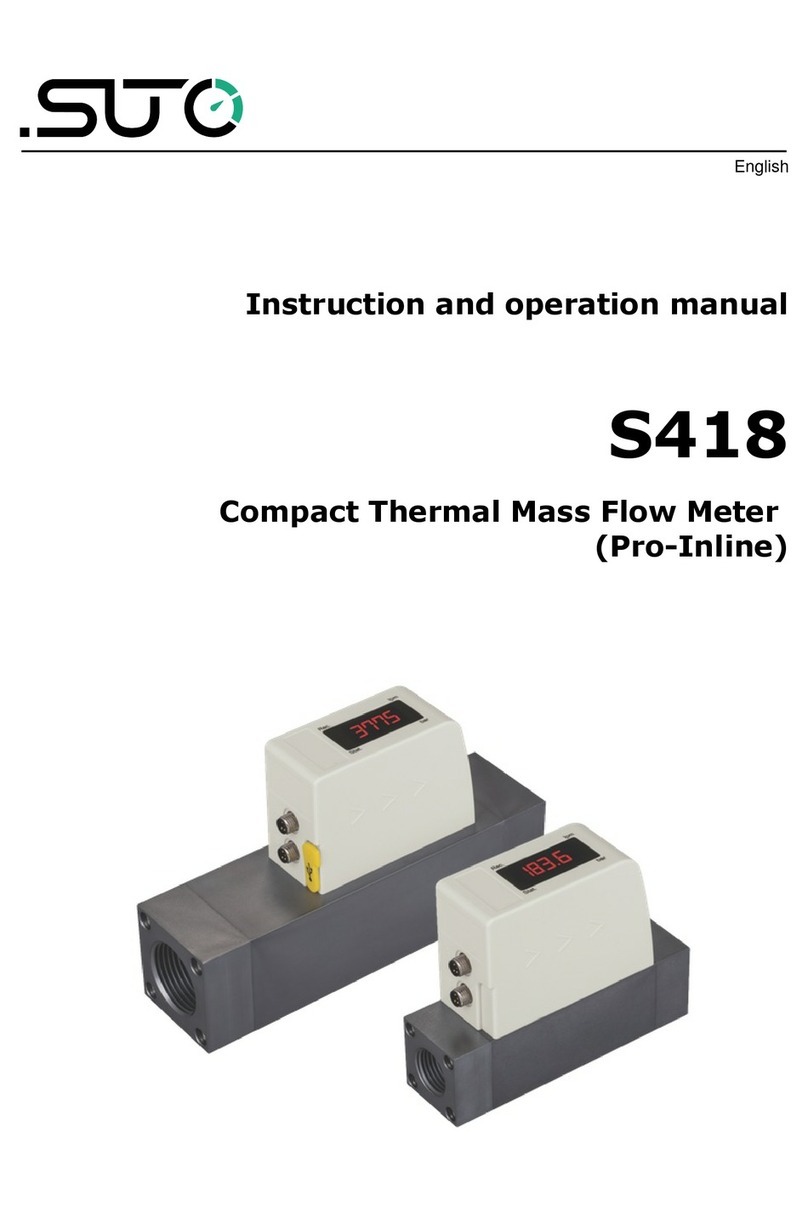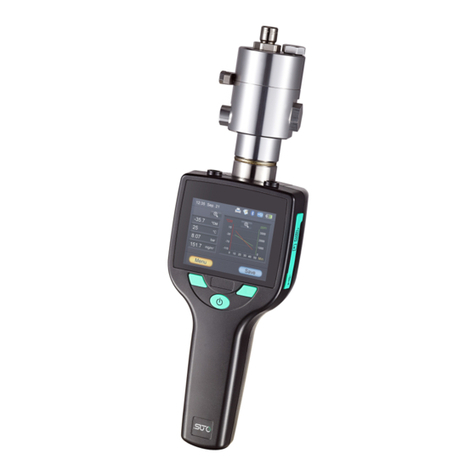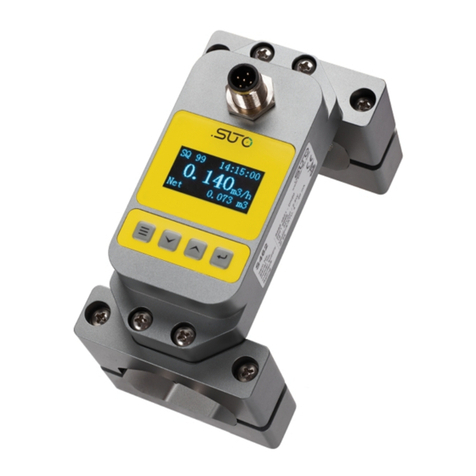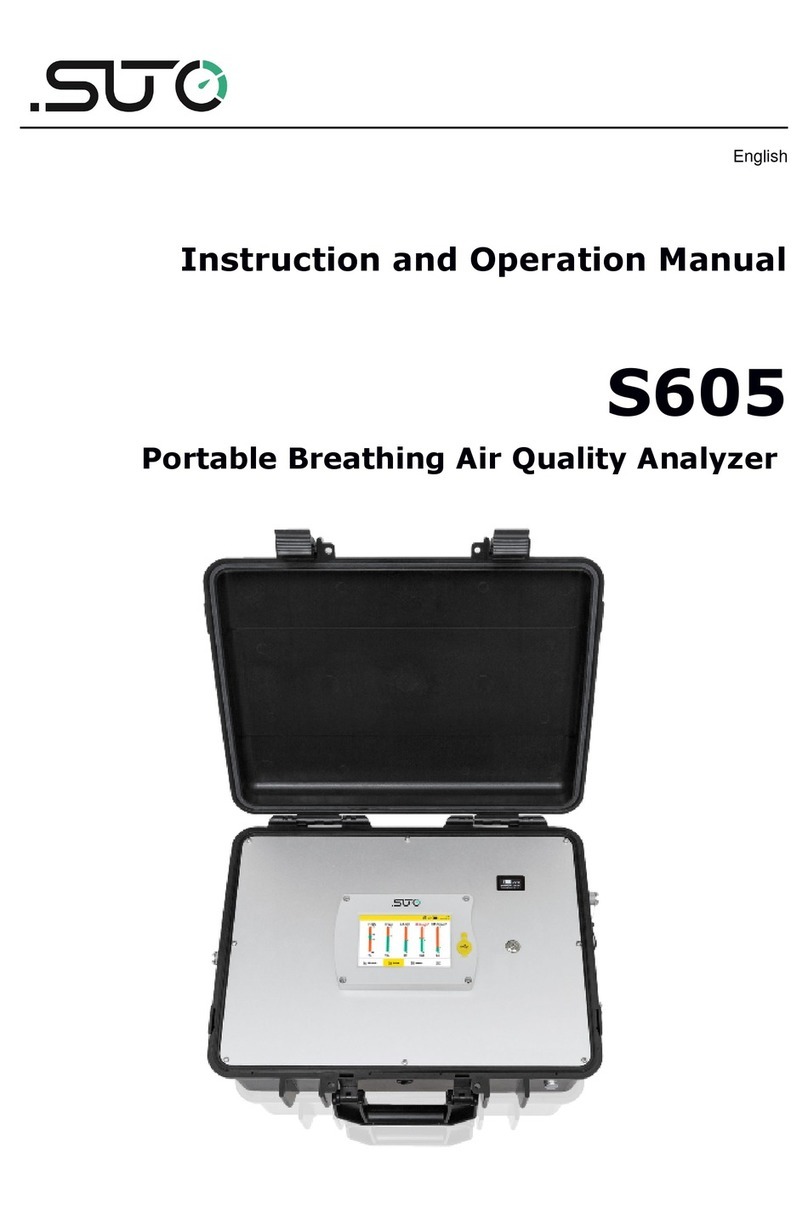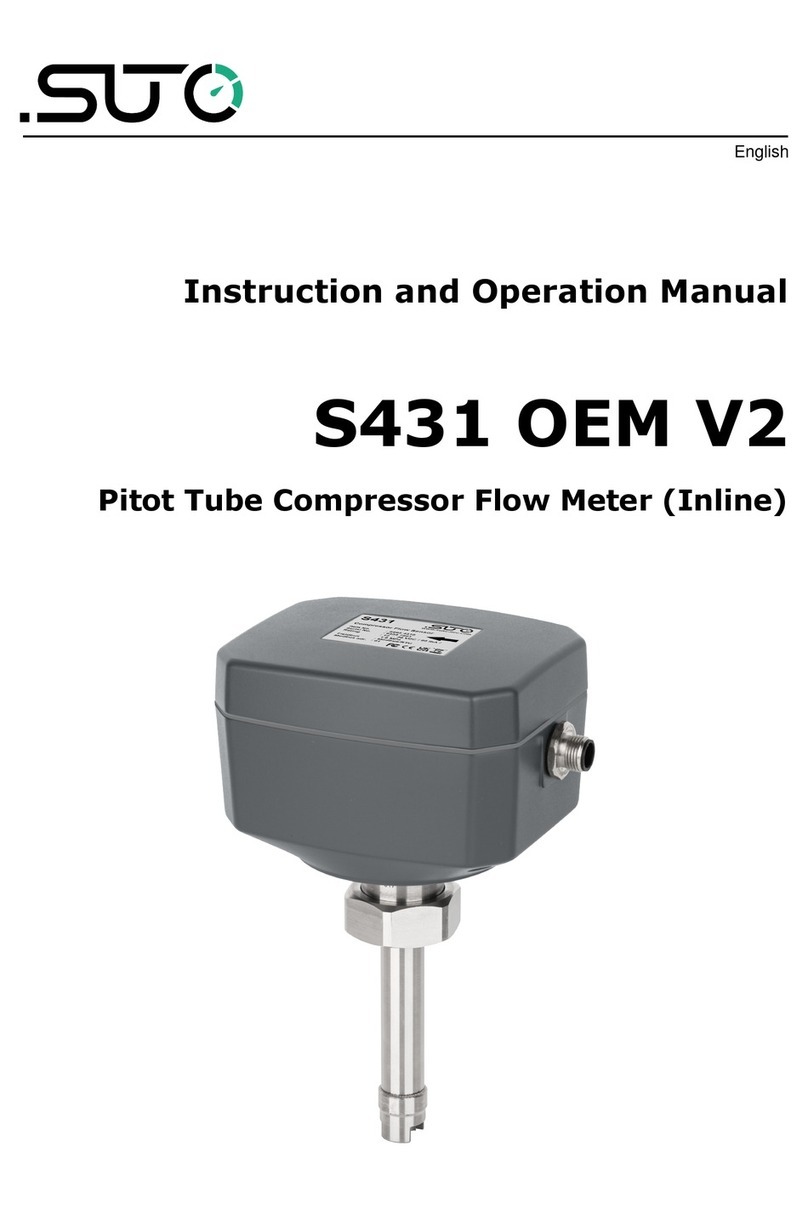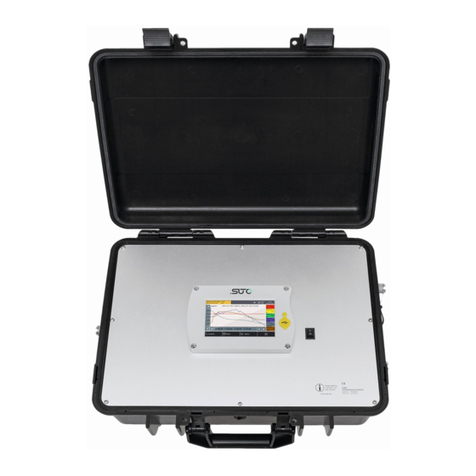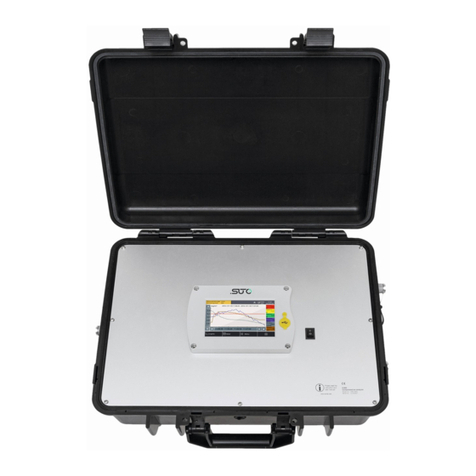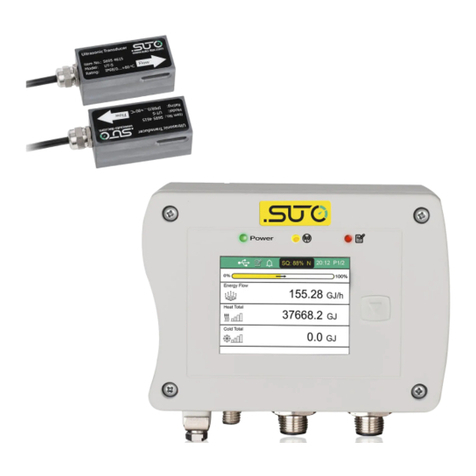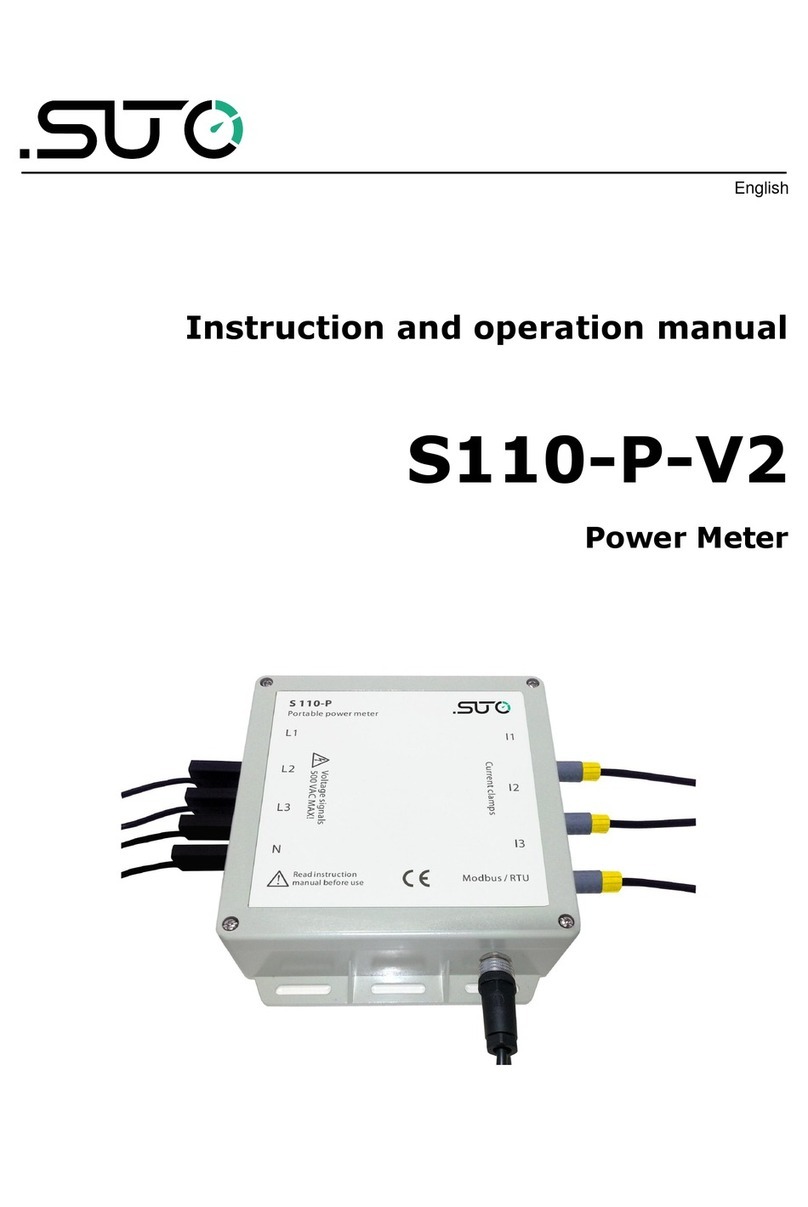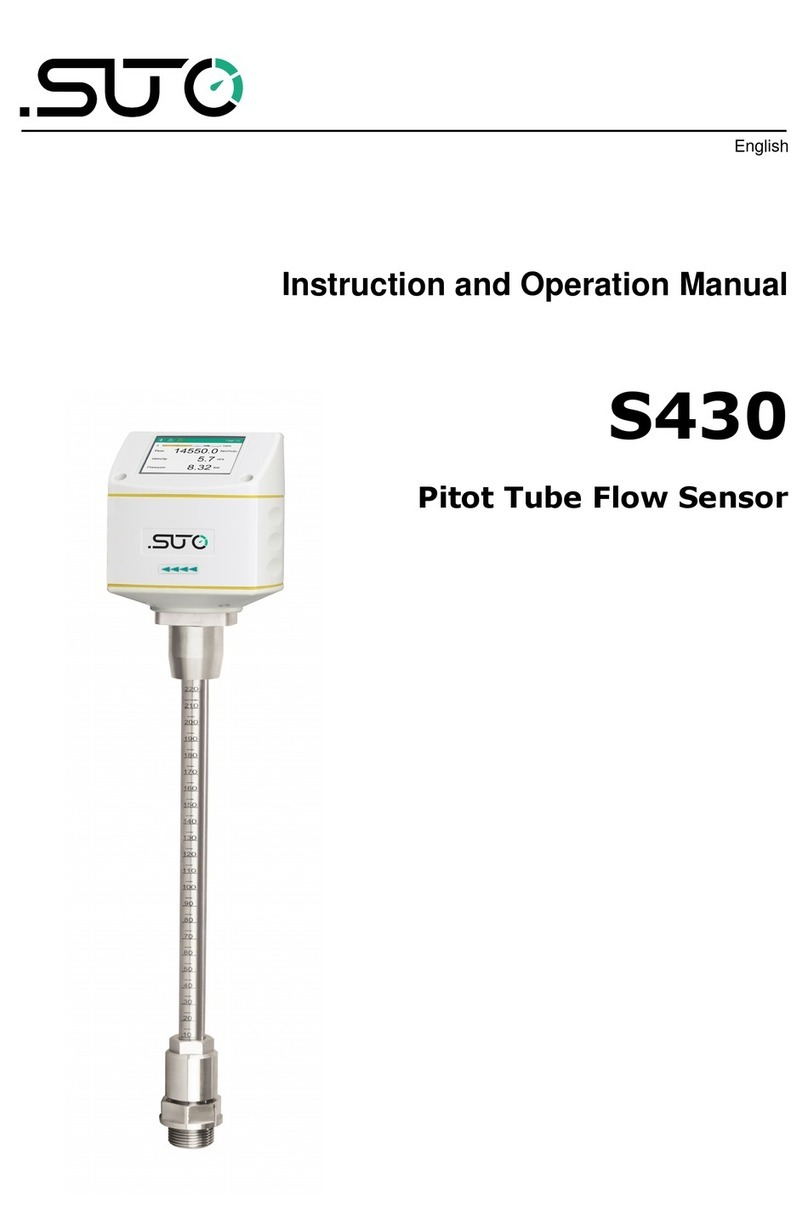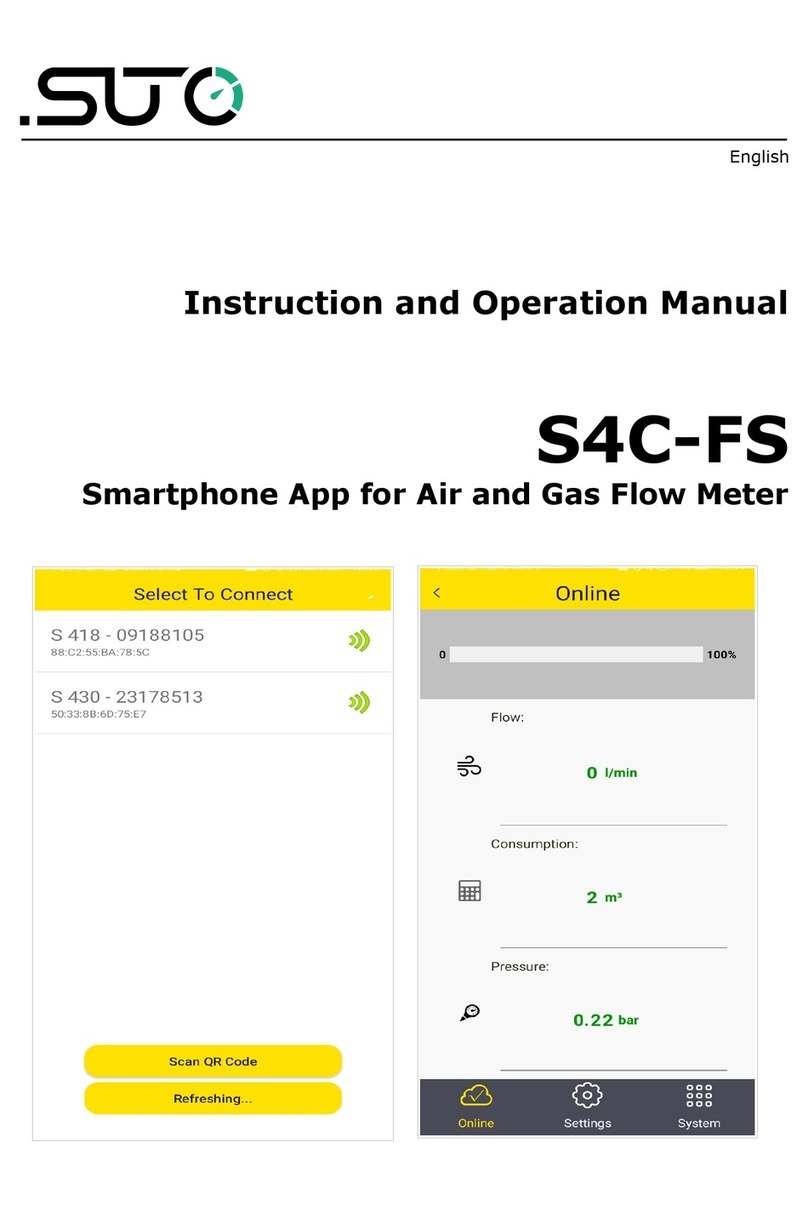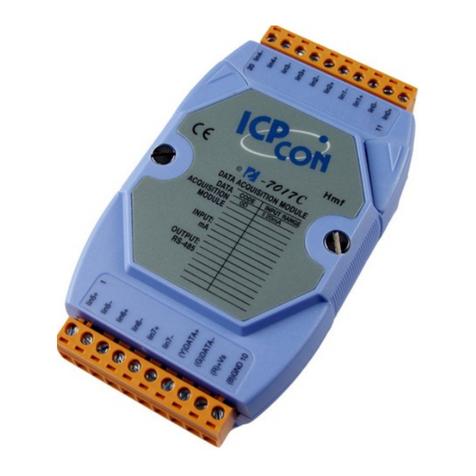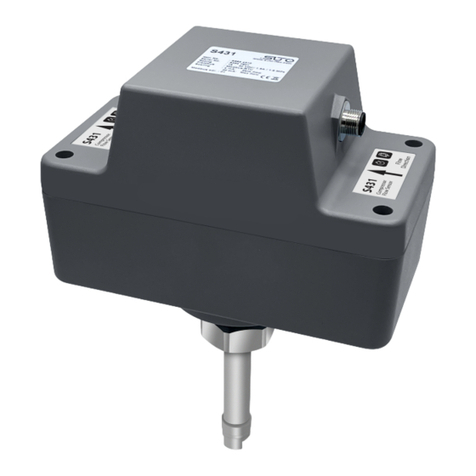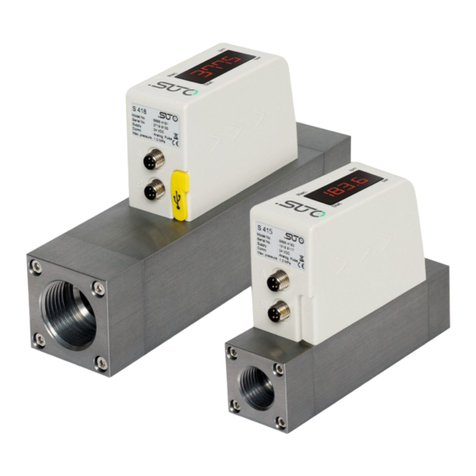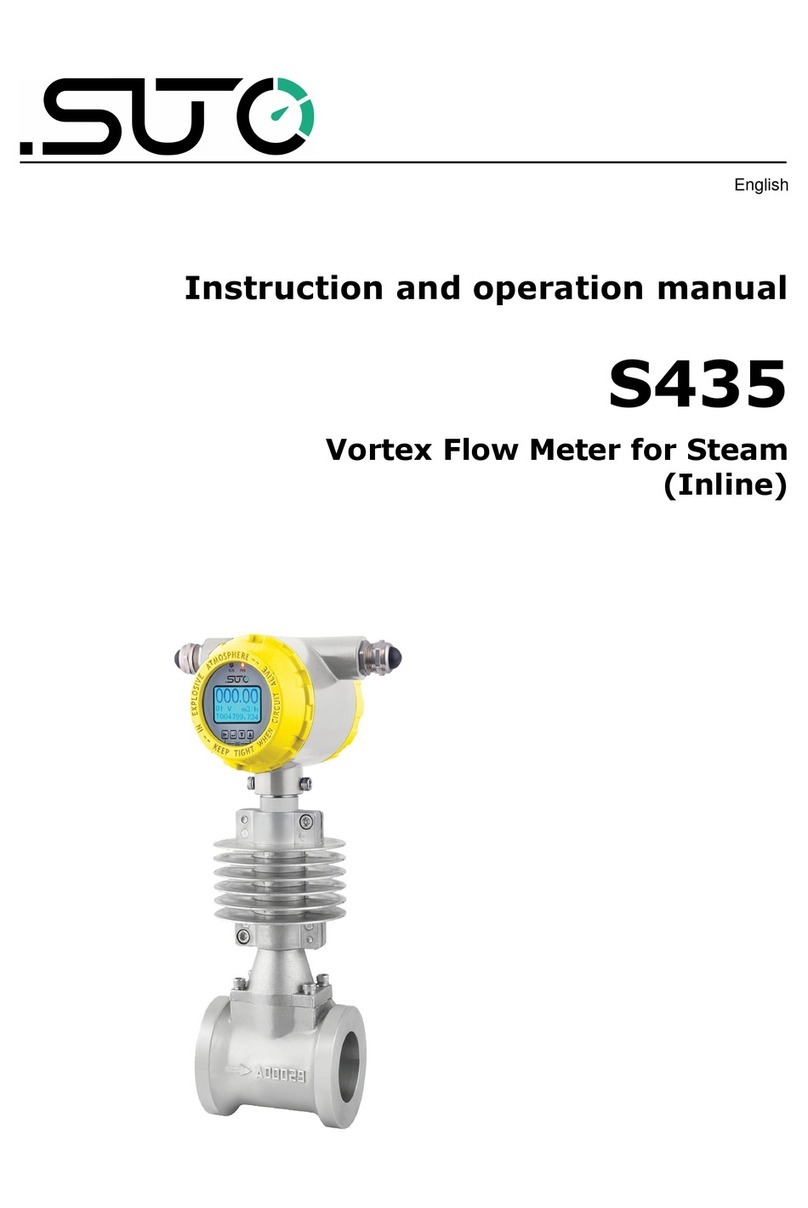Table of Contents
1 afety instructions........................................................................4
2 Registered trademarks..................................................................6
3 RF exposure information and statement..........................................7
4 Application..................................................................................8
5 Features......................................................................................8
6 Technical data..............................................................................9
6.1 General.................................................................................9
6.2 Electrical data........................................................................9
6.3 Output-signals......................................................................10
6.4 Accuracy .............................................................................10
6.5 Volumetric flow ranges..........................................................11
7 Dimensional drawing...................................................................12
8 Determining the installation point.................................................13
8.1 Reserving the inlet and outlet sections.....................................14
9 Installing the sensor...................................................................16
9.1 Installation requirements.......................................................16
9.2 Installation..........................................................................17
9.2.1 Calculating the insertion depth..........................................17
9.2.2 Installing the sensor .......................................................19
9.2.3 Removing the sensor ......................................................21
9.3 Electrical connection..............................................................21
10 ensor signal outputs................................................................23
10.1 Analog output.....................................................................23
10.2 Pulse output.......................................................................23
10.2.1 Pulse connection diagram...............................................25
10.3 Modbus output....................................................................26
10.3.1 Modbus settings registers...............................................26
10.3.2 Values registers............................................................27
11 ervice App 4C-F ..................................................................28
12 Calibration...............................................................................29
13 Maintenance.............................................................................29
14 Disposal or waste......................................................................29
15 Appendix A - Modbus communication example..............................30












